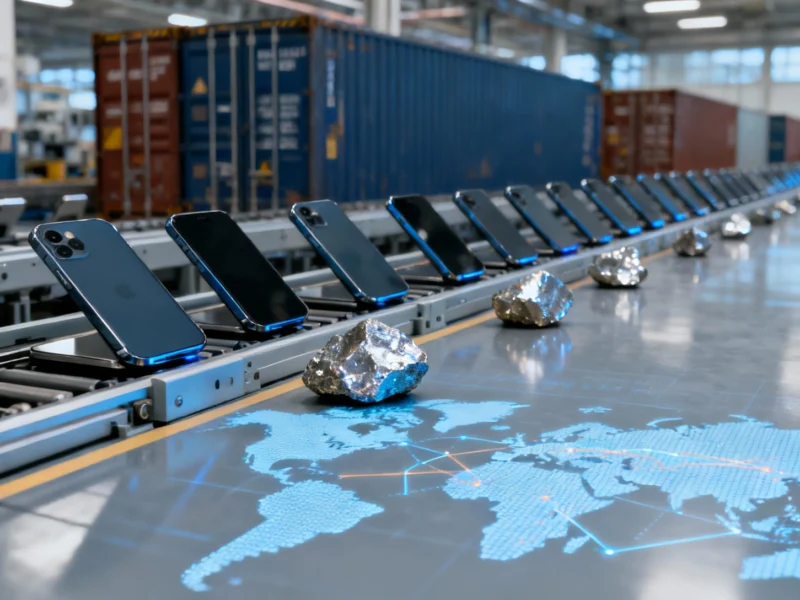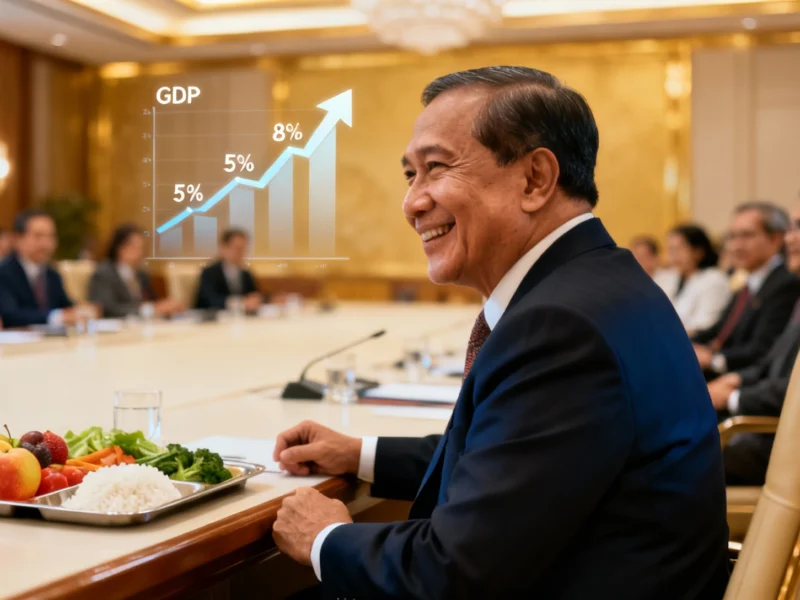The Core Debate: Interdependence vs. Economic Warfare
In a recent clash of perspectives that has captivated the tech and policy worlds, Nvidia CEO Jensen Huang and Palantir CTO Shyam Sankar have articulated fundamentally different visions of U.S.-China economic relations. While Sankar portrays trade with China as a national security threat, Huang presents a more nuanced understanding rooted in classical economic principles. This debate goes beyond corporate strategy to touch on fundamental questions about how nations grow prosperous and secure in the 21st century.
Huang’s position reflects an understanding that economic strength and military security are inextricably linked. “If we can grow economically, we will be strong militarily,” he has stated—a perspective that recognizes the foundational role of productivity in national power. This viewpoint finds support in basic economic principles articulated by Adam Smith and demonstrated by industrial pioneers like Henry Ford, who showed how specialization and division of labor drive prosperity.
The Historical Context of Trade and Security
Throughout modern history, nations that have embraced economic interconnectedness have typically achieved greater security than those pursuing autarky. The post-World War II international order was built precisely on the principle that trade relationships reduce the likelihood of conflict. As recent industry developments demonstrate, this principle remains relevant in the age of artificial intelligence and advanced computing.
Sankar’s argument that China seeks to weaken the U.S. through exports contains a fundamental economic contradiction. If exports genuinely weakened the receiving country, then the logical strategy for any nation would be to maximize imports while minimizing exports—exactly the opposite of what protectionists typically advocate. The reality, as Huang recognizes, is that imports enable specialization, which in turn drives productivity growth.
The Fallacy of “Dependence” Through Trade
Critics who warn of dangerous dependence on Chinese exports often misunderstand the nature of international trade. When the Arab members of OPEC embargoed the U.S. in 1973, Americans continued to consume Arab oil through secondary markets—demonstrating how difficult it is to truly withhold resources in a globalized economy. Similar dynamics apply to related innovations and technology sectors today.
The notion that China could somehow grow its economy by exporting to the U.S. while simultaneously weakening the American economy represents a fundamental misunderstanding of how trade creates value. If China’s exports truly weakened the U.S. economy, they would simultaneously weaken China’s most important customer—a self-defeating strategy that makes little economic sense.
The Reality of Subsidies and Industrial Policy
Sankar’s concern about Chinese industrial subsidies ignores the historical record on government-directed investment. As numerous market trends indicate, subsidies often distort markets and misallocate resources rather than creating sustainable competitive advantages. The Soviet Union’s experience with central planning demonstrated the limitations of government-directed economic development, and there’s little evidence that partial central planning would succeed where comprehensive planning failed.
Meanwhile, the flow of American investment to China that Sankar laments actually signals something positive: capital moves to where it generates returns, and the fact that investment has flowed to China suggests the country has moved away from the strict communism that traditionally repels capital. This evolution mirrors recent technology and economic patterns seen in other developing markets.
The Broader Geopolitical Context
The U.S.-China economic relationship exists within a complex global landscape where other strategic relationships are also evolving. Recent industry developments in Latin America demonstrate how economic partnerships are constantly being renegotiated in response to changing global conditions.
What Huang understands—and his critics often miss—is that economic interconnectedness creates mutual stakes that reduce the likelihood of conflict. This principle applies not just to U.S.-China relations but to international relationships broadly. As we’ve seen with related innovations in browser technology and digital platforms, collaboration often yields better results than confrontation.
The Path Forward: “Us and Them”
Huang’s vision of a future that could be “us and them” rather than “all us or them” represents the most promising path for both prosperity and peace. This perspective recognizes that in a global economy, nations can pursue their interests through cooperation rather than zero-sum competition. The success of this approach is evident in various sectors, including recent technology collaborations that have driven innovation across borders.
The economic wisdom of Jensen Huang’s position lies in its recognition that strength comes from growth, and growth comes from engagement rather than isolation. By embracing economic interconnectedness while maintaining strategic awareness, the U.S. can pursue both prosperity and security—objectives that, contrary to Sankar’s assertions, are complementary rather than contradictory.
As the debate continues, Huang’s perspective offers a refreshing alternative to alarmist rhetoric about economic relations with China. His understanding that trade strengthens rather than weakens, and that economic growth underpins military security, provides a more sophisticated framework for navigating one of the most important international relationships of the 21st century.
This article aggregates information from publicly available sources. All trademarks and copyrights belong to their respective owners.
Note: Featured image is for illustrative purposes only and does not represent any specific product, service, or entity mentioned in this article.



